Mole Removal Treatment Bali
Author: Administrator22/06/2024Mole Removal Treatment Bali with the Fraxis Duo Machine
Experience safe and precise mole removal treatment Bali using the advanced Fraxis Duo machine, combining fractional CO2 laser and RF microneedling for optimal results.
This cutting-edge technology effectively removes unwanted moles while rejuvenating and tightening the skin, ensuring minimal discomfort, quick recovery, and natural-looking outcomes for smoother, clearer skin.
How Does Mole Removal Treatment Works?
At Nulook Clinic, our mole removal procedure combines precision, safety, and aesthetic care to deliver smooth, clear results. Whether for cosmetic mole removal or medical evaluation, each step is carefully designed to protect healthy skin and ensure optimal outcomes. Here’s how the process works:
1. Assessment and Consultation
The process starts with a full examination by our dermatologists. We assess typical moles, atypical moles, or any signs related to skin cancer before proceeding. This ensures that only benign moles or common skin growths suitable for laser removal are treated safely.
2. Preparation
On the day of the mole removal procedure, the treated area is cleaned thoroughly. Local anesthesia may be applied to ensure comfort during surgical excision or laser removal, depending on the mole’s type and depth.
3. Laser or Surgical Excision
For most moles located on the surface, the Fraxis Duo fractional CO₂ laser targets mole skin cells precisely, vaporizing them while preserving the surrounding healthy skin. For deeper moles, surgical excision may be performed to remove tissue completely and prevent recurrence.
4. RF Microneedling for Skin Renewal
After removing the mole, RF microneedling may be used to promote collagen regeneration and enhance the skin’s texture. This step helps the removed mole area heal evenly and naturally, maintaining smoothness and tone.
5. Post-Treatment Care
Following the mole removal procedure, the removed mole site may show slight redness or swelling. Patients are advised to follow specific aftercare guidelines, keeping the area clean, avoiding sun exposure, and monitoring for any unusual changes related to skin cancer risks.
Benefits of Mole Removal Treatment
The mole removal treatment at Nulook Clinic offers both aesthetic and medical advantages. It’s a low risk procedure designed to ensure precision, safety, and long-lasting results. Here’s how patients benefit from this treatment:
1. Safe and Complete Removal
Each mole removed is handled with care to ensure complete removal while maintaining smooth, even skin. Whether for cosmetic reasons or medical evaluation, the procedure minimizes scarring and protects surrounding blood vessels and tissues.
2. Effective for Different Mole Types
This treatment is suitable for moles located on visible areas or even delicate spots. Small growths like a skin tag can be treated using techniques such as shave excision, liquid nitrogen, or fractional laser, depending on the mole’s depth and size.
3. Prevents Infection and Promotes Healing
Proper aftercare helps prevent infection and supports faster healing. Patients are advised to apply petroleum jelly or other soothing ointments to the mole removed area daily to keep it protected and moisturized.
4. Minimally Invasive and Low Risk
This low risk procedure uses precise methods to either carefully shave the mole or lightly burn surface tissue using laser technology. Both techniques are safe, quick, and ideal for cosmetic reasons with minimal discomfort or downtime.
5. Reduces the Chance of Regrowth
In rare cases, a mole grows back if deep cells remain. By combining laser precision with shave excision, the likelihood of recurrence is minimized, ensuring the mole removed area remains smooth and clear.
6. Promotes Healthier, Brighter Skin
Aside from removing unwanted moles, the procedure also improves skin tone and texture. After treatment, patients can apply petroleum jelly to nourish the skin and enhance recovery, maintaining a healthy, even appearance.
Who Is a Good Candidate for Mole Removal Treatment?
The mole removal treatment is suitable for individuals seeking clearer skin, better appearance, or peace of mind regarding suspicious moles. Here’s how to know if you’re an ideal candidate for this procedure:
1. Individuals with Noticeable or Changing Moles
You may be a good candidate if you have moles located in visible areas, slightly raised growths, or moles with irregular sides. Dermatologists may recommend removing them to ensure they are not cancerous or precancerous.
2. For Cosmetic and Comfort Reasons
Those who wish to improve their appearance or remove different types of benign moles for cosmetic reasons can benefit from this safe, minimally invasive treatment. Shaving or excision methods are used depending on the mole’s size and depth.
3. Moles That Pose Potential Health Concerns
If a mole appears unusual, changes color, bleeds, or becomes itchy, it could indicate an underlying issue. Most patients with such symptoms are advised to undergo excision to rule out cancerous tissue and prevent complications.
4. Candidates Requiring Medical Evaluation
Dermatologists often suggest removal for moles that may be cancerous or at higher risk of developing into melanoma. In such cases, a biopsy of the wound is performed after excision to confirm the diagnosis.
5. Safe for Various Treatment Methods
Candidates who can tolerate mild injection anesthesia are suitable for shaving or excision techniques. These procedures carry minimal bleeding risk and almost no chance of nerve damage, ensuring a smooth recovery and excellent cosmetic outcome.
6. Not Ideal for Active Skin Infections
If the wound area is infected or inflamed, your dermatologist may postpone the mole removal treatment to a later date. This ensures safe results and prevents discomfort or delayed healing.
Safety and Side Effects
The mole removal treatment is a generally safe and effective procedure when performed by qualified dermatologists. While most moles are harmless, understanding possible side effects helps ensure a smooth recovery. Here’s what to know:
1. Safe and Controlled Procedure
The process begins with a consultation where your dermatologist will determine whether the mole requires laser treatment or surgical mole removal. Both techniques are precise and designed to protect the surrounding skin and surrounding tissue.
2. Minimal Discomfort During Treatment
Before the procedure, a local anesthetic is applied to ensure comfort. Patients typically experience little to no pain, as the area is numbed completely throughout the treatment.
3. Mild and Temporary Reactions
After removal, mild redness or slight swelling may occur. These are common and temporary reactions that heal naturally within two to three weeks. Most patients find the healing process quick and uncomplicated.
4. Low Risk of Allergic Reaction
An allergic reaction to the anesthetic or instruments used is rare but possible. Dermatologists take all necessary precautions to prevent irritation or sensitivity in the surrounding skin.
5. Protecting Surrounding Tissue
Both laser treatment and surgical methods are performed carefully to avoid damage to the surrounding tissue. This ensures smooth results and minimal scarring once the area heals.
6. Professional Evaluation Ensures Safety
Each step is overseen by medical professionals who determine the safest method for your skin type and mole condition. Since most moles are harmless, removal is typically done for cosmetic comfort, confidence, or preventive care.
Disclaimer
- Treatment results may vary for each individual, depending on skin condition, medical history, lifestyle, and various other factors.
- All “before & after” photos shown are illustrative examples and do not guarantee identical results for every patient.
- The information provided on this website is intended for general educational purposes only and should not be considered a substitute for professional medical consultation. Please consult directly with a licensed doctor or medical professional at our clinic for an accurate diagnosis and personalized treatment recommendations.
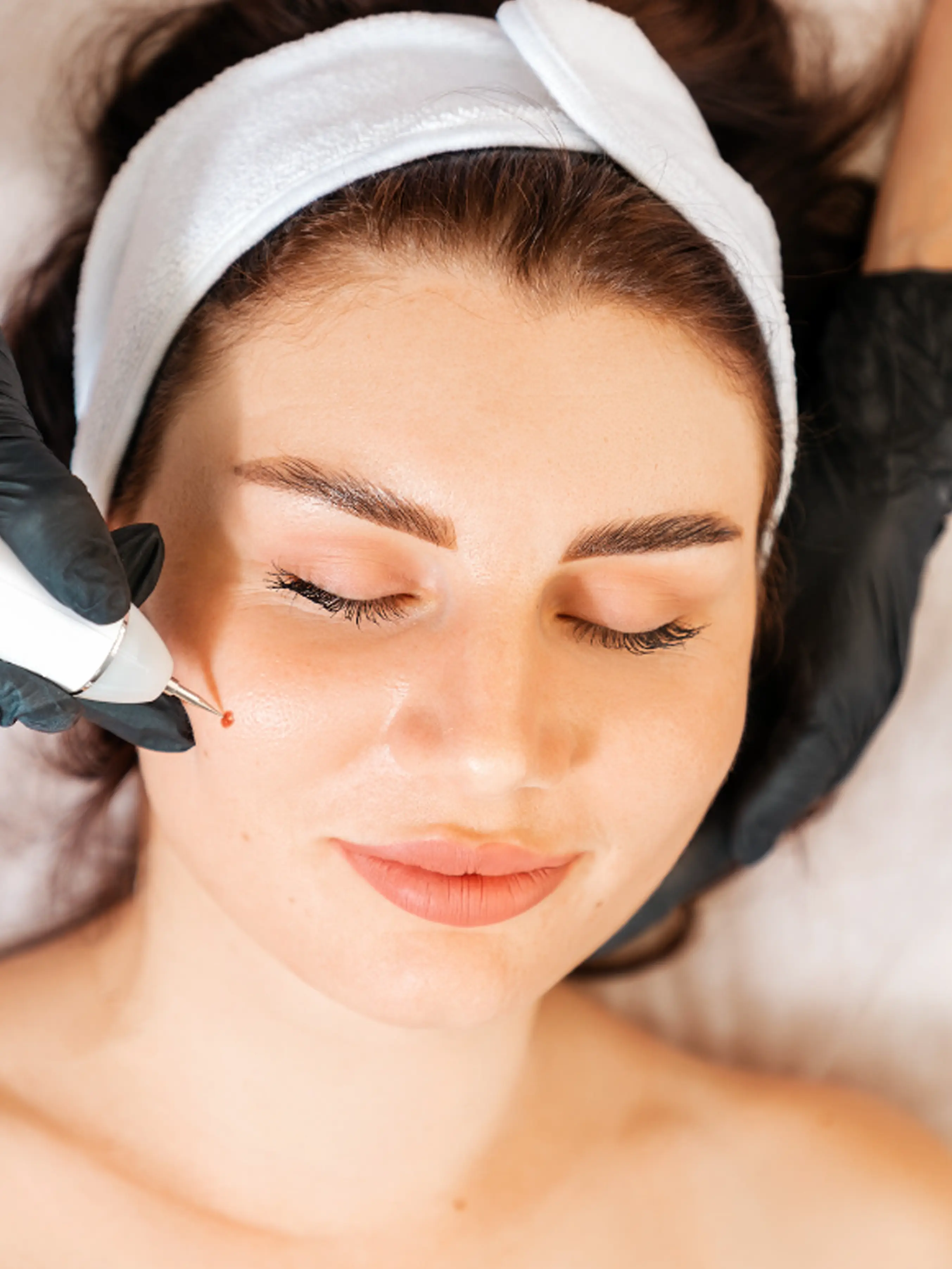
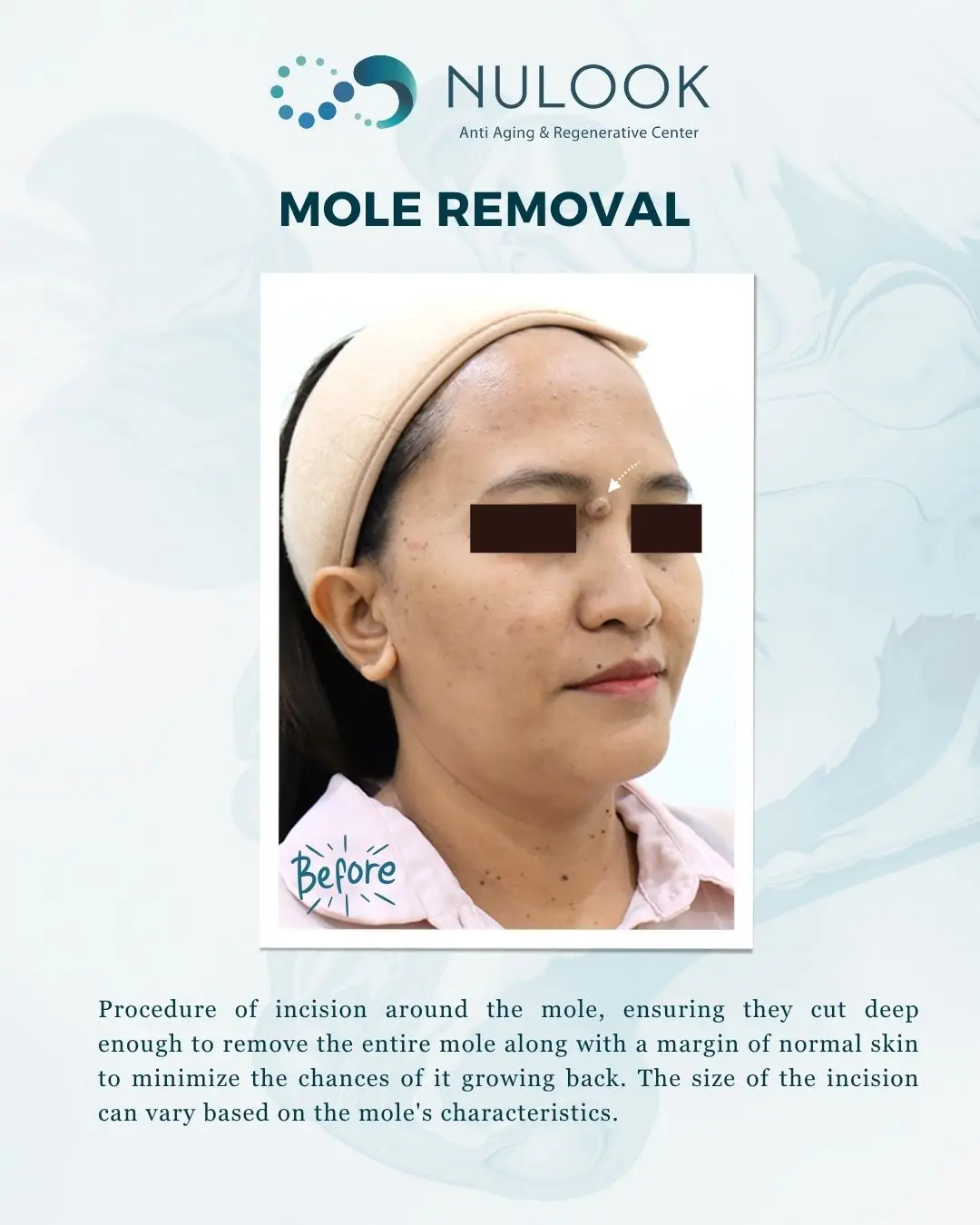
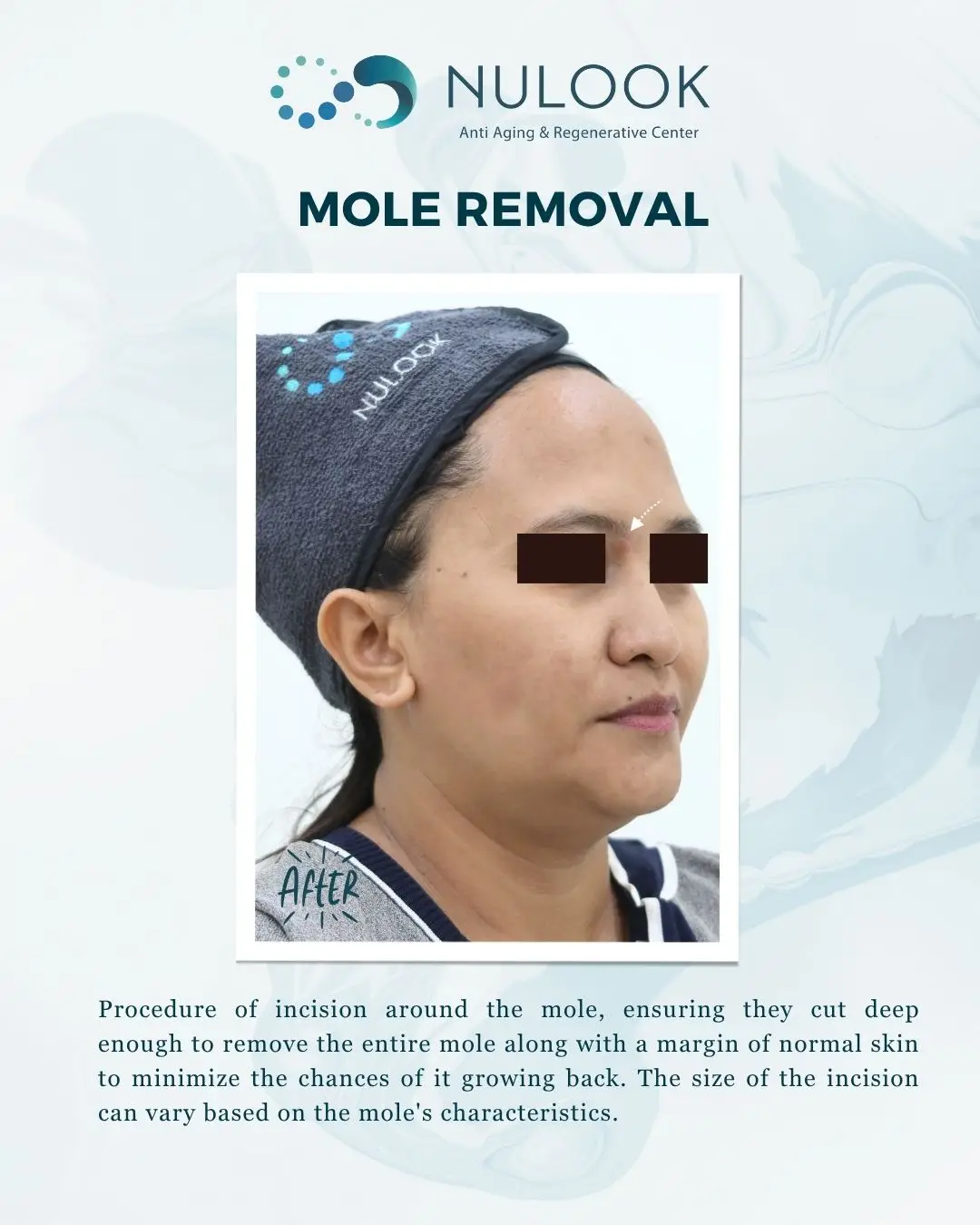
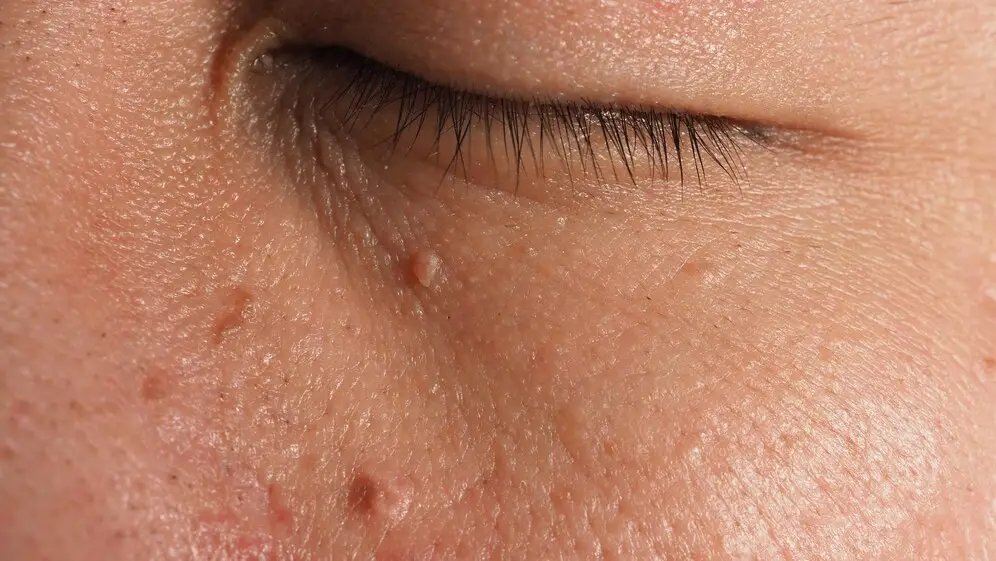
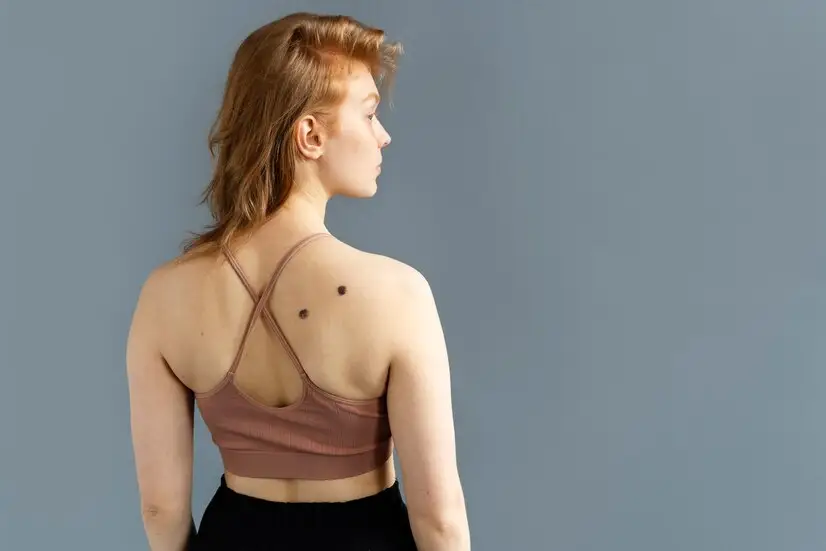
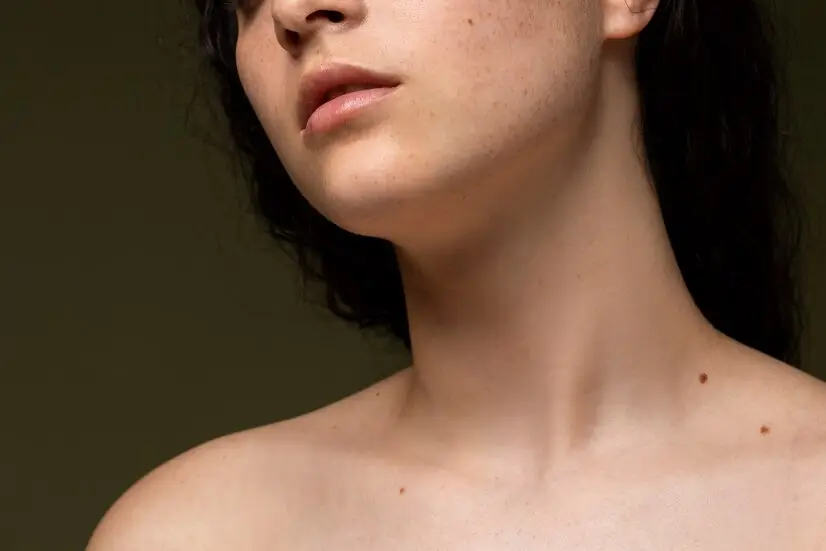
.webp)
